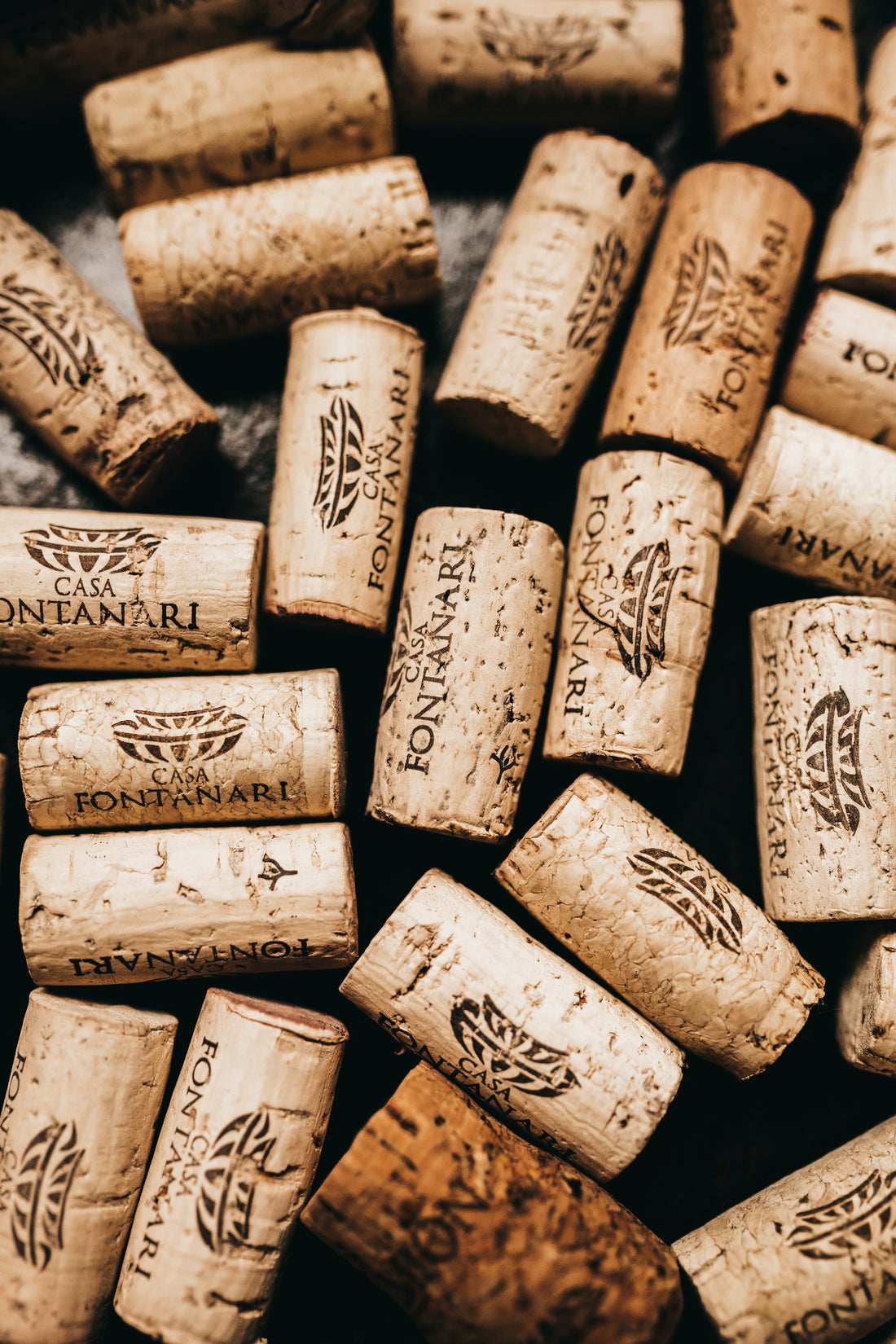
WINE MYTHS #1 : Cork vs Screwcap
WINE MYTHS
Back in December of last year, I was chatting with a Swiss winemaker and asked him about his opinion on cork or screw cap. I had worked for a company that was very much in favor of using screw caps in place of cork and had convinced many producers they worked with to make the change. The Swiss winemaker was vehemently against the use of screw caps and associated it with cheaper, lower-quality wines. So, I thought it would be interesting to go through the pros and cons of both cork and screw cap use.
Which is better for the environment?
Cork is a naturally occurring material; there are specific types of oak trees that grow a very thick bark, which is stripped to produce cork. They grow up to 20m tall and are found in Southern Europe and Northern Africa.
It takes 9 years for the bark to regrow, and it can then be stripped again. They get seasoned and boiled and then are either hand-punched or mechanically punched into cork shapes. The corks get graded in terms of quality and are sorted into different categories.
Natural corks come straight from the punched barks, but there’s also a type of cork called agglomerated cork, which breaks down left over from the punched bark and reassembles it using a bonding agent. So, while it’s reusing cork, it’s also adding plastic into the material, which isn’t able to be recycled.
Natural cork can be recycled; you can pop the cork in a compost bin or vegetal waste disposal, and there are specific schemes across Europe where you can return your wine cork.
Screw caps are made of aluminum, which is a recyclable material that is very easily recyclable, and often, screw caps are made from already recycled material. In comparison, the cost to transport cork bark is very costly and has a larger carbon footprint than the creation of aluminum screw caps.
Consumer Perception
I’ve spoken with friends who love the process of opening a bottle with a cork in it, popping the cork with their waiter's friends smelling the cork and pouring. It feels like you’re buying a more premium, sophisticated wine when there is a cork. Whereas, a screw cap is a closure more associated with convenience and cheaper bottles. However, it’s important to talk about how this is changing in the wine industry and how the reasons for moving to screw cap are not only environmental but also about making sure you get quality wine every time.
The effect on the wine
There are two elements to consider when talking about how cork affects wine: micro-oxidation and cork taint. Micro-oxidation is a process that happens because the cork has tiny pores that create a controlled interaction between oxygen and the wine; the oxygen mixes with the phenolic compounds, which is where the aromas and flavors come from in wine and can give the wine better mouthfeel and structure.
Cork taint is a term that refers to a compound called trichloranisole, also known as TVA; it can make your wine taste musky or a bit like old wet newspaper. It comes from a fungus that grows on the cork trees, and the cork producers often don’t know that it exists when they’re harvesting. So when you sample a wine that has corked taint, it just doesn’t smell particularly pleasant.
Moving on to Screwcap, there is an association of freshness with the airtight seal that a screw cap provides. Another important element is the consistency that, because the wine can’t suffer from TVA occurring in a natural product, the wine remains the same, and there is a way lower risk of opening a bottle that is faulty. Screw caps are also generally less expensive, which means the wine comes to your door or shelf at a better price.
If we look to New Zealand and Australia, many of their premium wines have adopted screw caps and are breaking with tradition. Henschke, whose Peggy Hill Riesling we featured in our September bud box, sells a wine for over 900 AUD that is not sealed with a cork but with a glass top. Many winemakers are choosing to work with screw caps to avoid the threat of cork taint.
SO what does this mean?
I’d say don’t be afraid to try premium wines, that are closed with a screw cap, there’s often been a lot of conscientious thought that has gone into making the change, making sure every bottle is of the same quality, and without fault. If you do still love a cork, just remember to put them in your compost - or check out korken.ch, a company that reuses cork for insulation and even seat cushions - they have many collection points across german-speaking Switzerland!
